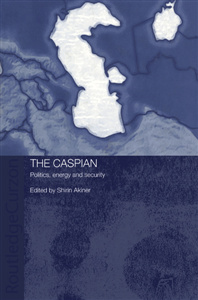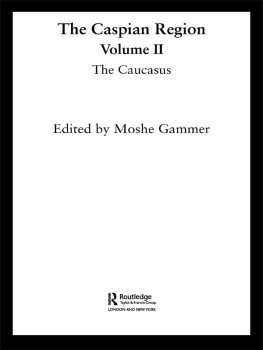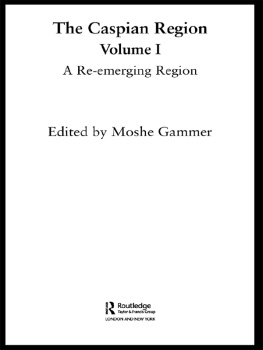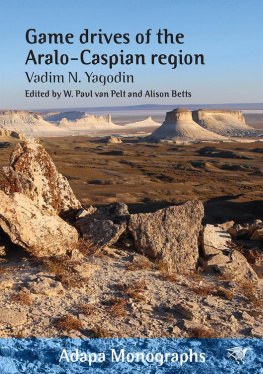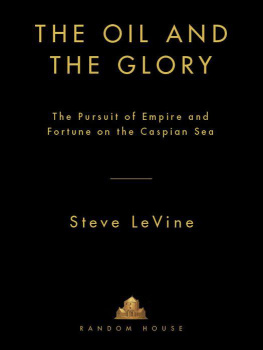Abbreviations
ACG Azeri-Chirag-Guneshli
ADB Asian Development Bank
AFP Agence France Presse
Agip KCO see KCO
AIOC Azerbaijan International Operating Company
ANS Azerbaijan News Agency
AP Associated Press
API American Petroleum Institute
b/d barrels per day
bcm billion cubic metres
BG British Gas
bl barrel(s)
BlackSeaFor Black Sea Naval Co-operation Task Group
bnbls billion barrels
BP British Petroleum
BR Baltic Republics
BSEC Black Sea Economic Co-operation Organisation
BTC Baku-Tbilisi-Ceyhan (pipeline, company, consortium)
c/mcf US cents per thousand cubic feet
CACR Central Asia and the Caucasus Review
CEE Central and Eastern Europe
CEP Caspian Environmental Programme
CERA Cambridge Energy Research Associates
CIS Commonwealth of Independent States
CITES Convention of International Trade in Endangered Species
of Wild Fauna and Flora
CNOOC China National Offshore Oil Corporation
CNPC Chinese National Petroleum Company
CPC Caspian Pipeline Consortium
CSCE Conference for Security and Co-operation in Europe
CSRC Conflict Studies Research Centre
EAPC Euro-Atlantic Partnership Council
EBRD European Bank of Reconstruction and Development
ECO Economic Co-operation Organisation
EIA Energy Information Administration
Eni Ente Nazionale Idrocarburi
EU European Union
FBIS-CEU Foreign Broadcast Information Service, Central Eurasia
FDI foreign direct investment
FSU former Soviet Union
GUUAM Georgia, Ukraine, Uzbekistan, Azerbaijan and Moldova
ICJ International Court of Justice
IEA International Energy Agency
IMF International Monetary Fund
IMO International Maritime Organisation
INOGATE Interstate Oil and Gas Transport to Europe
IRNA Iranian state news agency
JETRO Japanese Export Trade Organisation
JICA Japan International Co-operation Agency
KCO Kazakhstan North Caspian Operating Company
LDP Liberal Democratic Party (Japan)
LNG liquified natural gas
LPG liquefied petroleum gas
m million (s)
mcf thousand cubic feet
mcm thousand cubic metres
MEED Middle East Economic Digest
MEES Middle East Economic Survey
MEP Main Export Pipeline
mt/y million tonnes per year
MVD Ministry of Interior (Russian acronym)
NBS National Bureau of Asian Research
NGO non-governmental organisation
NKR Nagorno Karabagh Republic
o.e. oil equivalent
ODA overseas development aid
OGJ Oil and Gas Journal
OIC Organisation of Islamic Conference
OIES Oxford Institute for Energy Studies
OKIOC Offshore Kazakhstan International Operating Company
OPEC Organisation of the Petroleum Exporting Countries
OSCE Organisation for Security and Co-operation in Europe
PEDCO PetroIran Development Company
PfP Partnership for Peace (NATO)
PKK Kurdish Workers Party
PSA Production Sharing Agreement
PSG Consortium of Bechtel Corporation and General Electric
Capital Structural Finance Group
PSO peace support operations
RFE/RL Radio Free Europe/Radio Liberty
RLS Radio-Location Station (Gabala, Azerbaijan)
RSFS Russian Soviet Federative Socialist Republic
SBPF State Border Protection Forces
SINOPEC China Petroleum and Chemical Corporation
SOCAR State Oil Company of the Azerbaijan Republic
SOFAZ State Oil Fund of Azerbaijan
SRC Silk Road country
SSR Soviet Socialist Republic (Union Republic of the Soviet
Union)
SWG Special Working Group
TACIS Technical Assistance to the Commonwealth of
Independent States
TAP Turkmenistan-Afghanistan-Pakistan (pipeline)
tcf trillion cubic feet
TCGP Trans-Caspian Gas Pipeline
tcm trillion cubic metres
TCO Tengiz Chevroil
TFE TotalFinaElf
TI Transparency International
TPAO Turkish State Petroleum Company
TRACECA Transport Corridor Europe-Caucasus-Asia
UNGLOS United Nations Conference on the Law of the Sea
UNDP United Nations Development Programme
VTS vessel tracking system
Personal names and place names
Personal names and place names have been transliterated in accordance with common usage; where different forms are current (e.g. Nazarbaev and Nazarbayev), one of these has been adhered to throughout this work. However, with reference to the Treaty of Golestan/Gulistan, for historical reasons both forms have been retained. For the sake of consistency rather than political bias, the term Karabagh has been used in all the chapters that refer to this area, although some authors originally preferred Karabakh, or Nagorno-Karabakh. The terms Azeri and Azerbaijani are used synonymously. Also, Azerbaijan denotes both Azerbaijan SSR and (post-Soviet) Azerbaijan Republic; Kazakhstan is used for both Kazakh SSR and (post-Soviet) Republic of Kazakhstan; Turkmenistan denotes Turkmen SSR and the post-Soviet state Turkmenistan.
Map 1 The Eurasian region
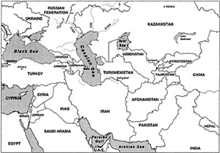

Map 2 Disputed areas of the South Caspian (as of 2003)
Source: Cambridge Energy Research Associates.
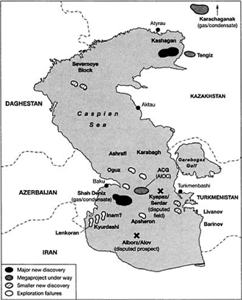
Map 3 Exploration results in the Caspian region Source: Cambridge Energy Research Associates.
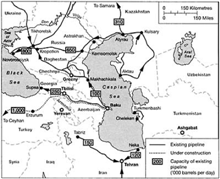
Map 4 Oil pipelines in the Caspian
Source: Cambridge Energy Research Associates, updated by Shirin Akiner 2004.
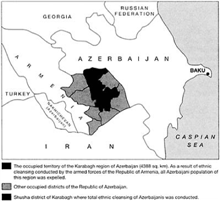
Map 5 Armenian-occupied territory in Azerbaijan
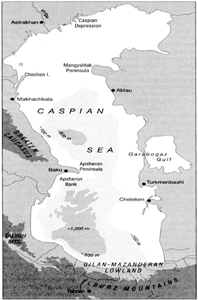
Map 6 Hydrogeology of the Caspian Sea
Note: All depths shown are approximate.
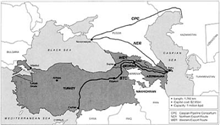
Map 7 Baku-Tbilisi-Ceyhan (ETC) pipeline route Source: Baku-Tbilisi-Ceyhan Pipeline Company
Acknowledgements
The idea for this volume developed out of an international conference on The New Security Architecture in the Caspian Region, held at the Conflict Studies Research Centre, Royal Military Academy, Sandhurst, in 1996. This pioneering event brought together speakers from a wide range of backgrounds, drawn from Central Asia, Europe, Iran, Turkey and the US. It provoked a lively debate, leading to a fruitful exchange of ideas. The original intention was to publish the contributions to this conference. However, there were a number of factors that prevented the implementation of this project, not least the rapidly changing situation in the Caspian Sea. It seemed preferable to wait until more time had elapsed after the collapse of the Soviet Union before attempting to draw some conclusions (though even now, more than a decade after the emergence of three independent states around the Caspian littoral, any assessment must of necessity be tentative and provisional). The same idea of bringing together different perspectives has been followed in this present work, although with different contributors. Thus, in a very direct way the 1996 conference provided the inspiration as well as the impetus for this volume. Special thanks, therefore, must be given to Charles Dick, Director of the Conflict Studies Research Centre, without whose support the 1996 conference would not have taken place. Anne Aldis, likewise of the Conflict Studies Research Centre, also provided valuable help and I am very grateful to her for her input.
Next page
